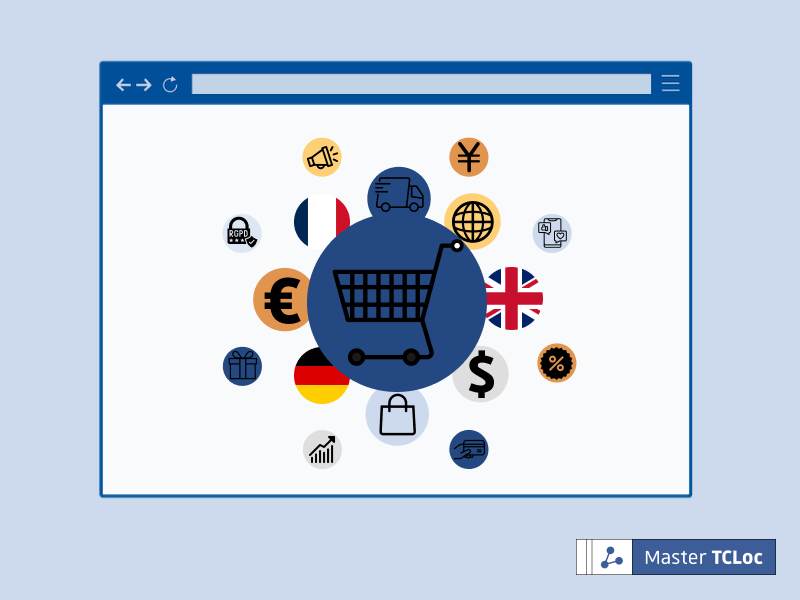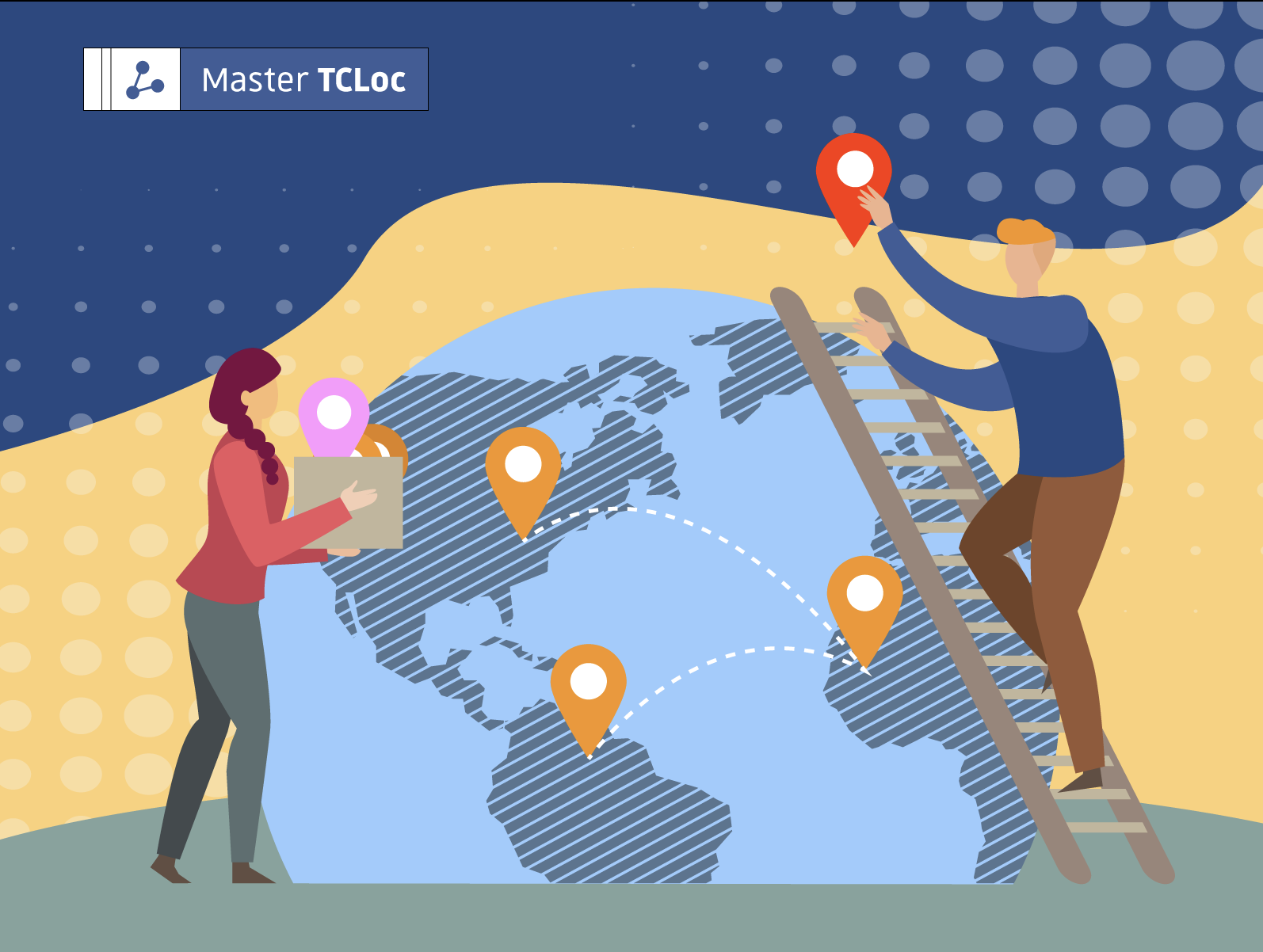Launching a multilingual e-commerce website is a fantastic way to expand your market reach and connect with customers across different cultures. However, the challenge isn’t just in translating content but also in tailoring the user experience to various cultural norms. Here’s a step-by-step guide on setting up a thriving multilingual e-commerce platform.
1. Understand Your Audience
Before you start translating your website, it’s crucial to identify which markets you want to target and understand their cultural nuances. For instance, a successful strategy employed by global giants like Amazon involves not only translating their content into local languages but also adapting their product offerings and marketing strategies to fit local tastes and purchasing habits.
2. Choose the Right Translation Approach
When it comes to translation, accuracy and cultural relevance are key. Automated tools like Google Translate might be tempting due to their speed and cost-effectiveness, but they often fall short in quality. Employing native speakers or professional translation services can ensure that your content resonates more authentically with your target audience.
3. Localise User Experience
Localization extends beyond translation. It encompasses the adaptation of currency, payment methods, and even design elements to better appeal to different audiences. For example, when Airbnb expanded into China, they not only translated their website but also changed the site’s aesthetic to match local preferences, which tend to favor brighter colors and more dynamic designs.
4. Optimise for SEO
SEO is crucial for any e-commerce site, but in a multilingual setting, you need to optimise for each specific language and region. This involves using local keywords, setting up hreflang tags for language targeting, and localising meta descriptions and alt tags. These steps help search engines understand the geographic and linguistic context of your pages, improving visibility among local audiences.
5. Manage Content Effectively
Maintaining multiple language versions of a website can be daunting. Using a content management system (CMS) that supports multilingual content can simplify the process. Platforms like WordPress, with plugins such as WPML or Polylang, offer robust solutions for managing and syncing content across different languages.
6. Respect Cultural Differences
Each market has its unique cultural sensibilities that can impact the perception of your brand. For instance, while red is considered lucky in China, it might represent danger or stop in other regions. Therefore, understanding and respecting these differences can enhance user engagement and reduce potential friction.
7. Leverage Local Case Studies
Including local success stories or case studies can greatly boost your credibility and relatability. For example, if you’re selling skincare products, showcasing testimonials from local influencers or customers can make the benefits of your products more tangible to new users in that region.
8. Regularly Update and Iterate
The digital world is ever-evolving, and so are cultural trends. Regularly updating your content and design to keep up with changes not only in language but also in local trends, laws, and technologies is crucial. Continuous A/B testing for different regions can also provide insights into what works best where, allowing for more personalised experiences.
Conclusion
Building a successful multilingual e-commerce website involves more than just translating text; it requires a deep understanding of cultural nuances and targeted SEO strategies. By localising content, respecting cultural differences, and continually optimizing the user experience, your e-commerce site can attract and retain a global audience, ensuring your international success.
By following these steps and keeping the user’s cultural context in mind, you can create a multilingual e-commerce site that not only attracts but also delights customers around the world, paving the way for expanded global reach and increased sales.
If you’re ready to take further control of your website’s user experience and learn how to leverage localization, cultural insights, and SEO to drive international growth, apply to the TCLoc program!



